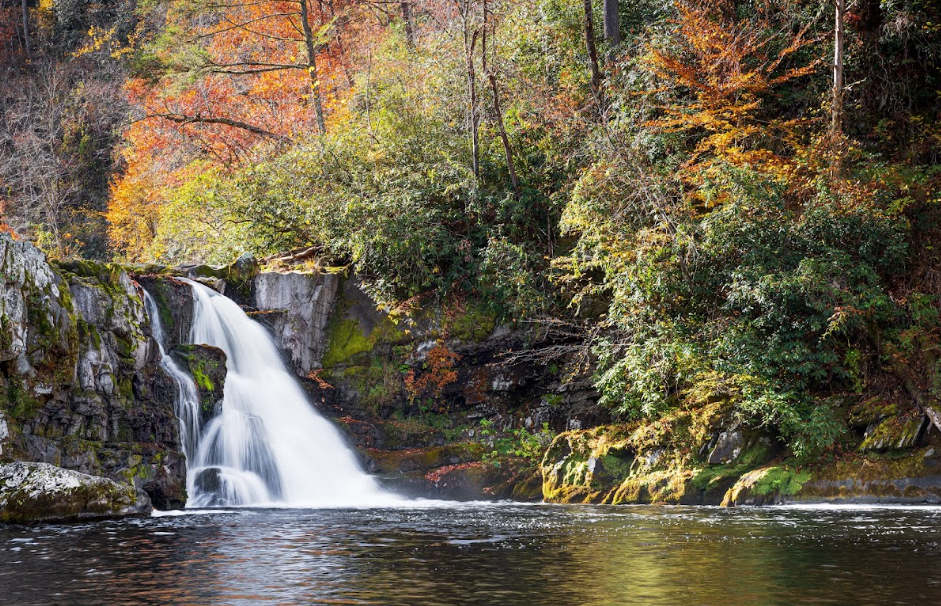Reviews
Key Things to Sort Out Before Your Trip to the Smokies

Ever pack for a trip and feel like you’re preparing for both a peaceful vacation and a mild survival challenge? Planning for the Smokies can feel that way, especially with travel habits shifting and more people escaping crowded cities for quiet mountain air. Even calm getaways take structure now, and the smart moves start long before you see a ridge or trailhead. In this blog, we will share key things to sort out before your trip to the Smokies.
Sort Out Your Itinerary Before Anything Else
Travel patterns have changed as people chase fresh air, slower days, and a break from screens. The Smokies draw huge crowds because they offer all of that while still being accessible, so early planning matters more than ever. Before booking lodging or packing bags, map out how you want the trip to feel. Decide whether the goal is long hikes, quiet drives, photography, family time, or a mix. Build a loose timeline that supports those goals instead of bouncing between ideas at the last minute when parking lots are overflowing or trailheads fill at sunrise.
Setting a base plan helps you pace your days and stay realistic about energy levels. It also lets you match routes, meal times, and rest windows so the trip doesn’t turn into a scramble. You don’t need every minute scheduled, but you do need a spine for the trip to rest on. The region’s popularity means trail access, peak hours, and closures can shift unexpectedly, so a flexible structure keeps you from losing whole mornings to crowds.
If you want a simple way to start shaping your plans, read up on Great Smoky Mountains things to do and see to get a sense of the variety. The park’s hiking network stretches over hundreds of miles, offering gentle paths for families along with demanding climbs for those who want steep terrain. Visitors can take in views, streams, and dense forests without needing expert skills. Wildlife is another highlight. Deer, elk, and even black bears move through the area, giving travelers memorable sightings when they stay alert and keep a safe distance. Those two elements alone show how much range the park offers. They also help you understand how early planning removes pressure once you arrive and keeps the focus on the experience instead of the logistics.
After organizing the broad strokes, lock in your lodging. Pick a place that matches your plans. If you’re up before dawn, choose somewhere with quiet mornings and easy access to major routes. If you’re planning slower afternoons, look for spots with porches, quiet corners, or views. Booking early keeps prices reasonable and gives you time to research cancellation policies if weather or emergencies shift your dates.
Handle Gear, Clothing, and Supplies Before You Leave
Packing for mountain terrain calls for detail. Weather swings fast, and higher elevations can feel like a different season. Sorting clothing and gear ahead of time avoids last-minute shopping runs that eat into your travel budget. Think in layers. Lightweight shirts, insulating mid-layers, waterproof shells, and comfortable pants cover almost every condition you’ll meet. Add gloves and a hat even in warmer months. A steady breeze on shaded trails can take the edge off quick.
Footwear deserves attention. Break in hiking shoes or boots at least a week before leaving so the trip doesn’t start with sore feet. Socks matter too. Bring moisture-wicking pairs to cut down on blisters. Carry backups in your daypack. Even short hikes can surprise you with creek crossings or mud.
Prepare for Transportation, Timing, and Park Entry Needs
Crowded travel months create traffic lines and tight parking across many major parks. The Smokies are no exception. Sort out your transportation plan before departure so you don’t spend the first day circling for open spaces. Review which areas have limited parking and what times they fill. Some lots overflow by midmorning during peak seasons, so early arrivals help you avoid stress.
Navigation tools matter too. GPS units sometimes misinterpret mountain roads. Download offline directions from multiple apps and carry written backups for key turns. Paper maps from the park service also help when electronic tools fail. Planning your routes beforehand keeps you from guessing on narrow or unfamiliar roads.
Timing plays a major role in how much you enjoy the trip. Build in staging time each morning. If you want to beat crowds, prepare breakfast and gear the night before. Keep your pack by the door. Charge devices overnight. Set out clothes. These small steps save ten or fifteen minutes that can make the difference between an easy parking experience and a long walk from roadside overflow areas.
Weather forecasting also ties into pre-prep. Conditions shift quickly in the Smokies. Rain can roll in from higher ridges without much warning. Before leaving home, set up weather alerts on your phone. Bring a small waterproof cover for your pack. Consider quick-dry clothing so a passing shower doesn’t derail the day. Check forecasts not only for your lodging area but for higher elevations as well. Temperatures can drop sharply, and wind chills can surprise even seasoned travelers.
Park entry policies may change in crowded seasons or during special events, so review them ahead of time. Look into whether parking tags, passes, or timed entries are required. Print or screenshot anything you need so you aren’t relying on cell service at the gate. People often show up assuming their phones will load documents instantly, only to find themselves struggling for a signal and holding up the line.
Get Safety, Communication, and Emergency Plans in Place
Sorting out safety steps ahead of time moves the trip from reactive to proactive. Share your general itinerary with someone at home. Tell them your lodging location, planned hike days, and approximate return times. You don’t need a minute-by-minute schedule. You just need a clear outline so someone knows when to check in if they haven’t heard from you.
Communication inside the mountains can be inconsistent. Download local emergency contacts. Keep important numbers saved offline. Invest in a cheap whistle for each person in your group. It’s simple, lightweight, and far-reaching in sound. If you plan to hike solo, take extra precautions. Stick to well-marked trails, sign trail logs when available, and avoid late starts that risk hiking out after dark.
Prepare for minor injuries with a small medical kit. Include adhesive bandages, blister pads, antiseptic wipes, tweezers, gauze, and tape. These basics handle scrapes, cuts, and blisters without interrupting the day. Add medication for allergies or pain relief. Carry it all in a waterproof pouch.
Food safety also matters. If you pack lunch, use insulated containers to prevent spoilage. Dispose of waste properly. Never leave food scraps behind. Storing snacks in sealed bags helps avoid attracting wildlife.
Thinking through these steps ahead of time keeps the trip grounded and enjoyable. The Smokies offer a break from daily noise, and preparation helps you fully experience that calm. When the core planning is handled before departure, the trip becomes lighter, and every mile feels earned.

-

 World3 days ago
World3 days agoEthiopian volcano erupts for first time in thousands of years
-

 Legal1 week ago
Legal1 week agoMichigan man JD Vance sentenced to 2 years for threatening Trump and JD Vance
-

 Health1 week ago
Health1 week agoCambodia reports fatal H5N1 bird flu case in 22-year-old man
-

 Legal1 week ago
Legal1 week agoWoman in critical condition after being set on fire on Chicago train
-

 World7 days ago
World7 days agoHurricane Melissa registered 252 mph wind gust, breaking global record
-

 Politics1 week ago
Politics1 week agoEpstein survivors release PSA calling on Congress to release all files
-

 Legal6 days ago
Legal6 days agoSuspect in San Diego stabbing shot by authorities after fleeing into Mexico
-

 Legal1 week ago
Legal1 week ago1 dead, 2 injured in shooting at Dallas Walmart parking lot




